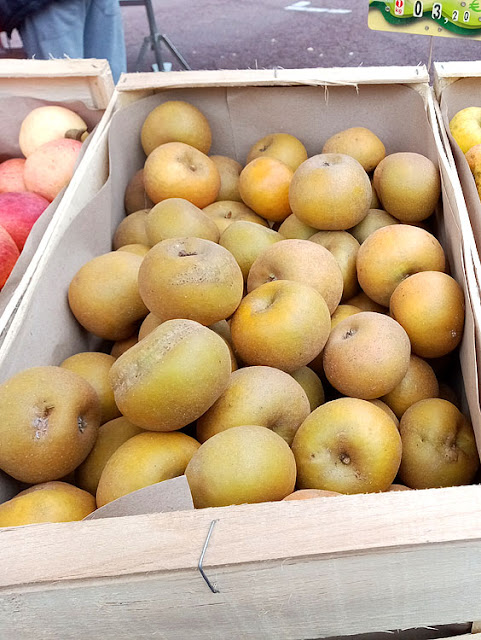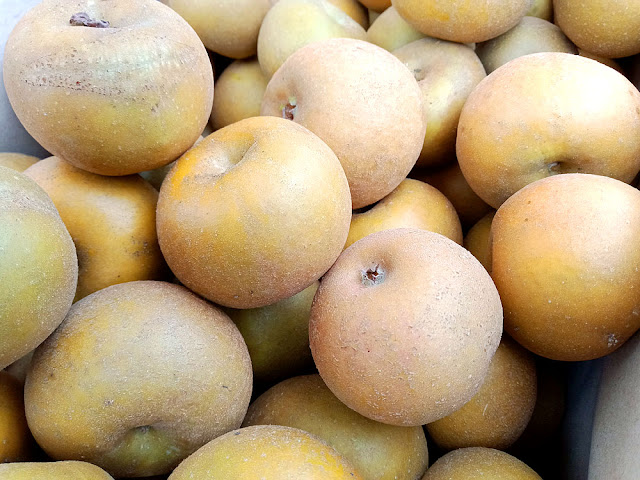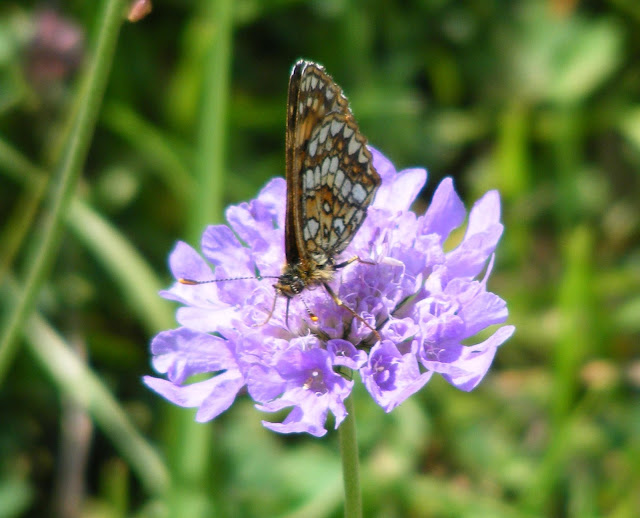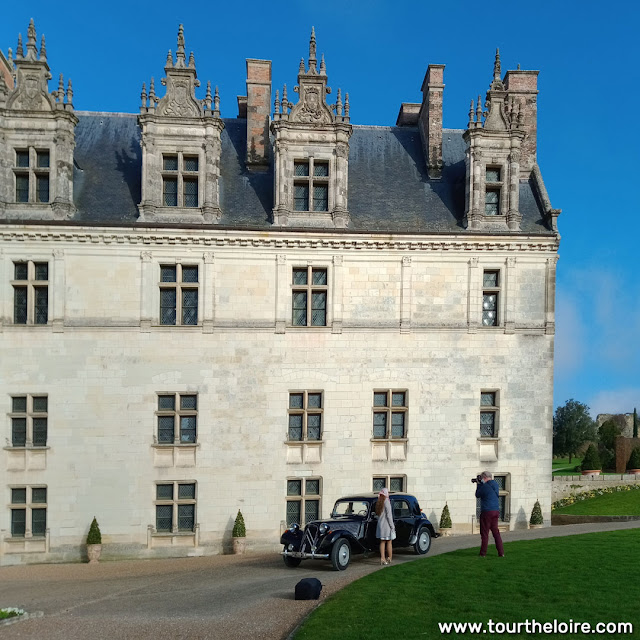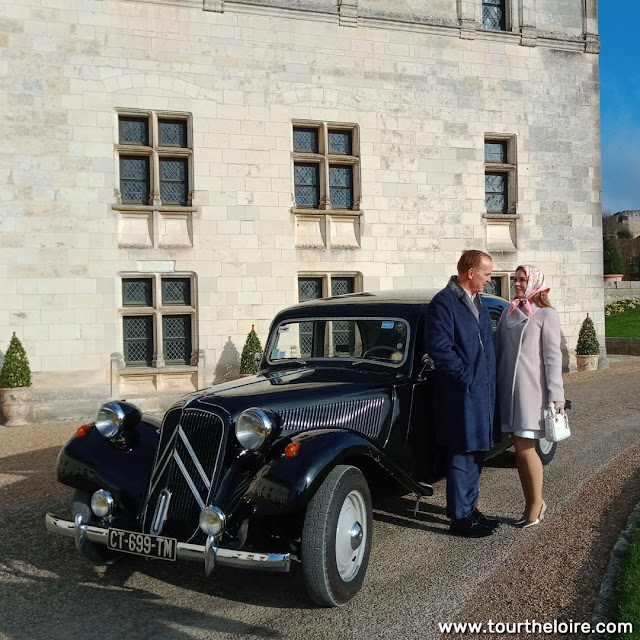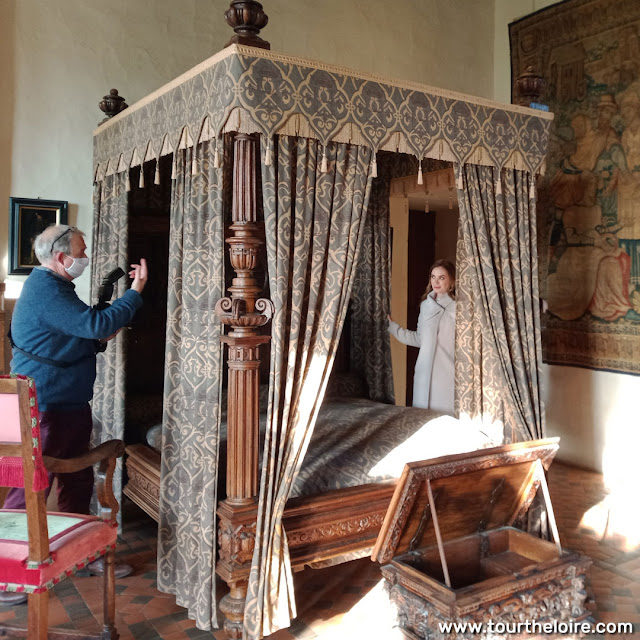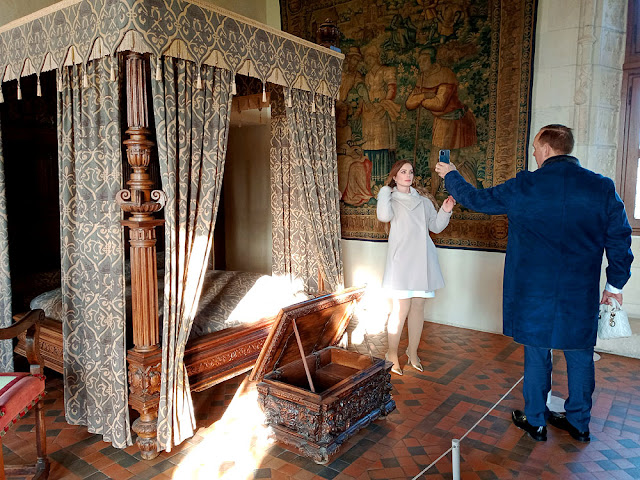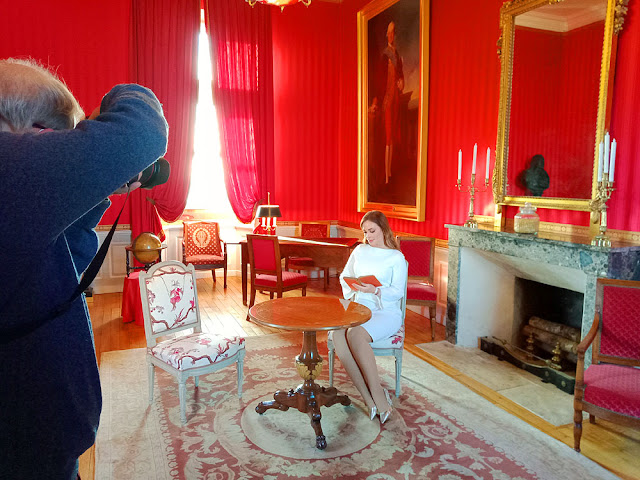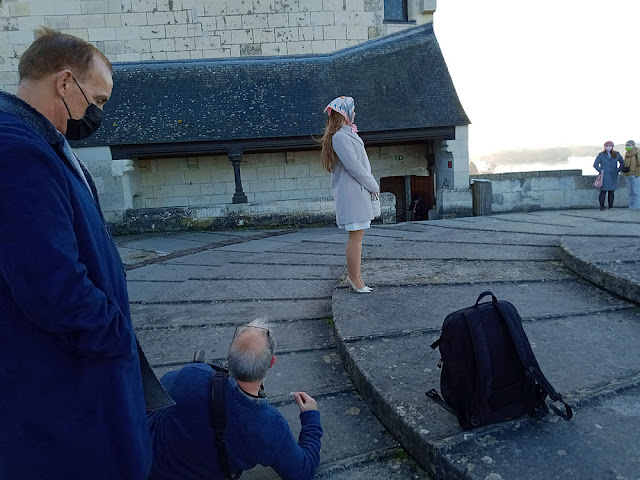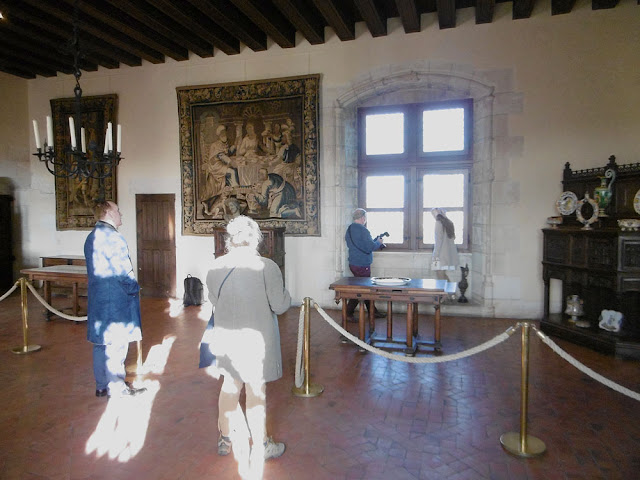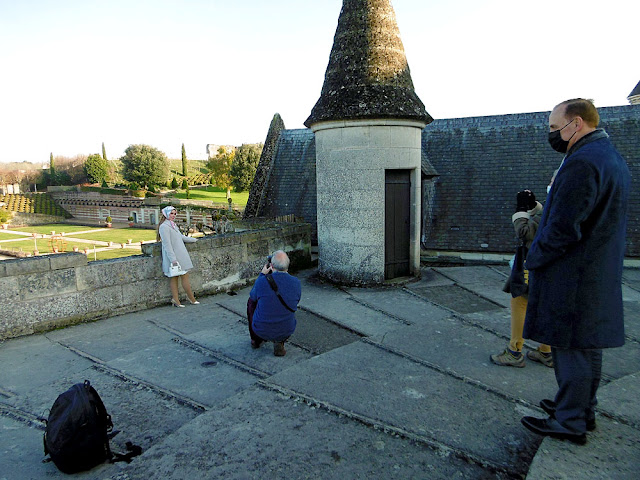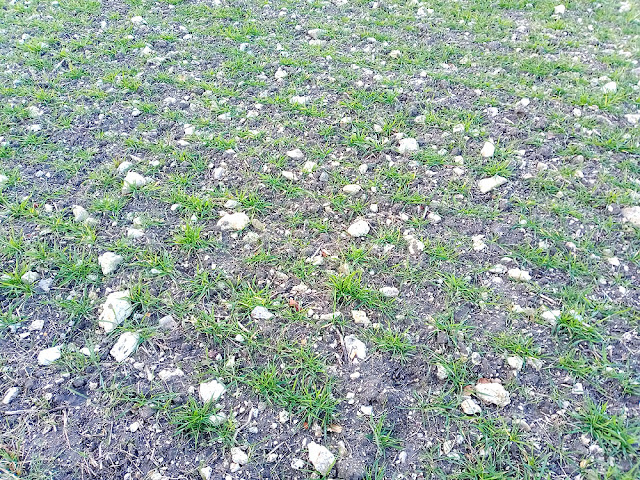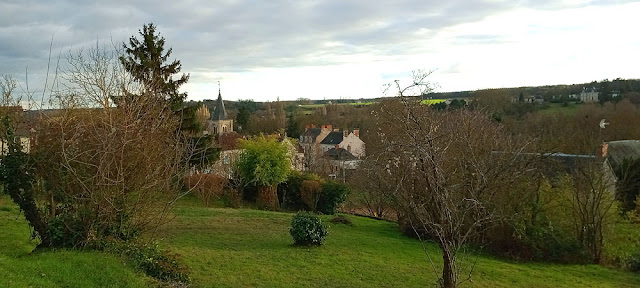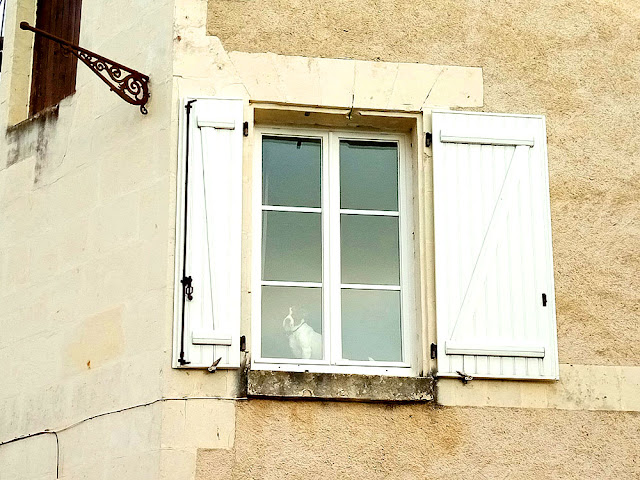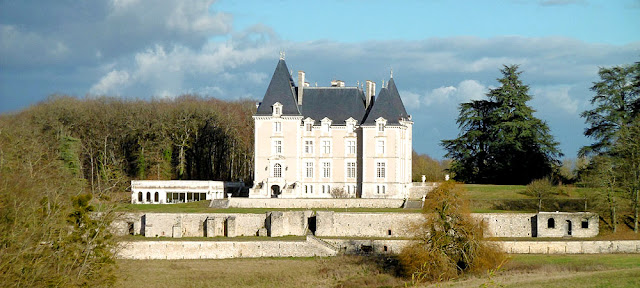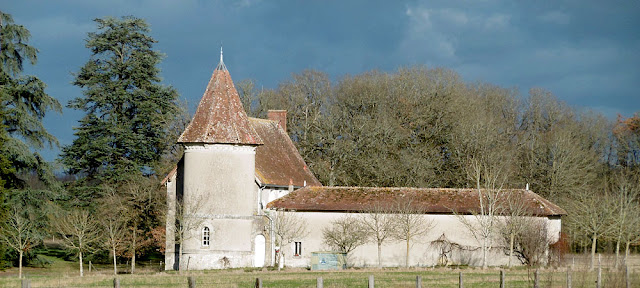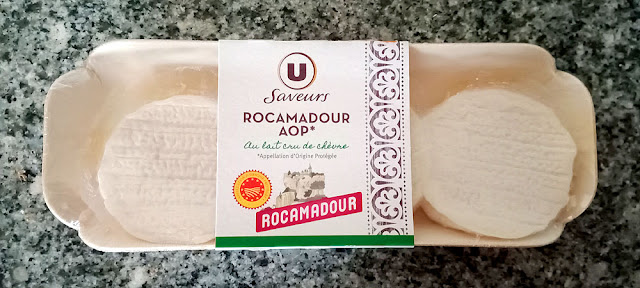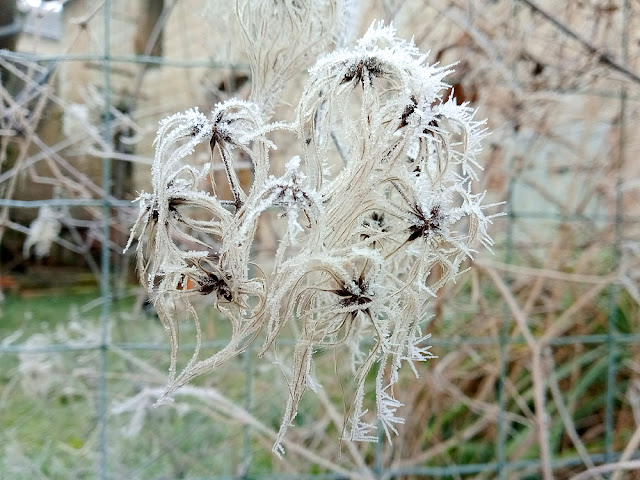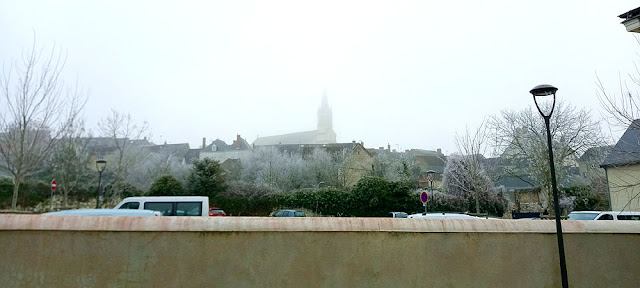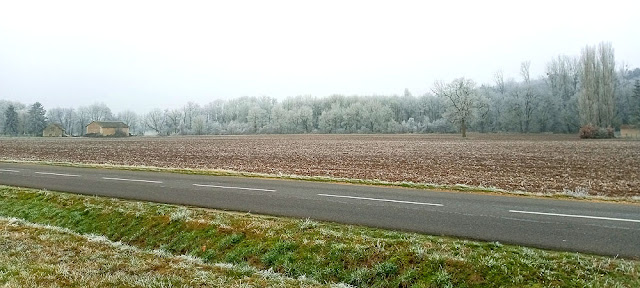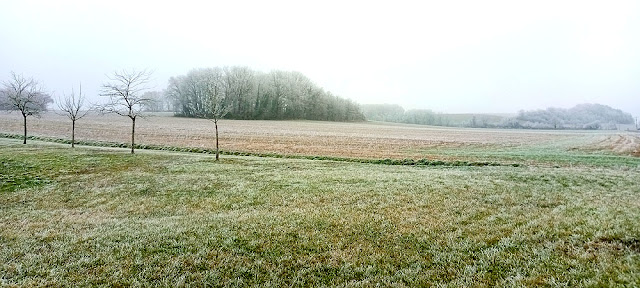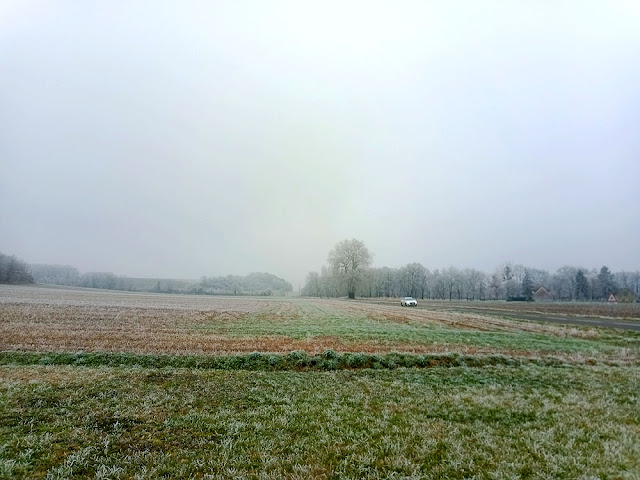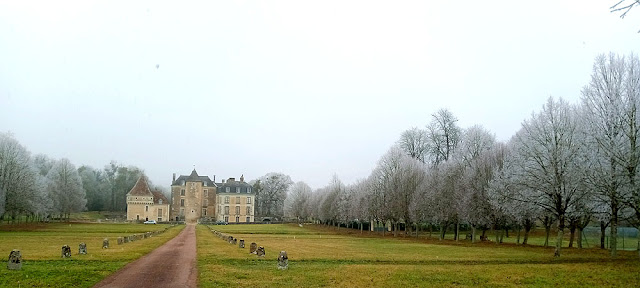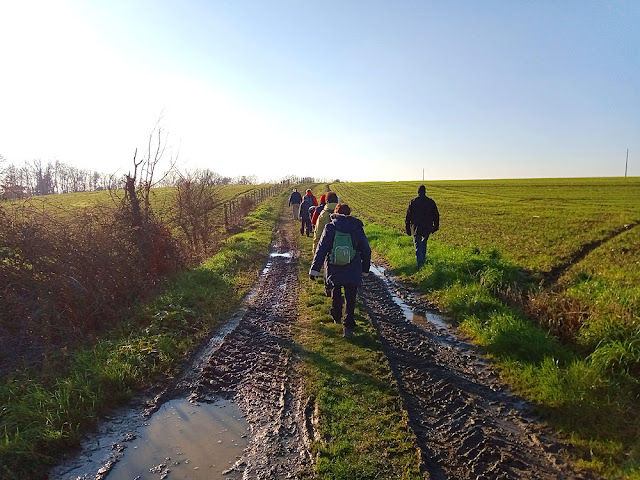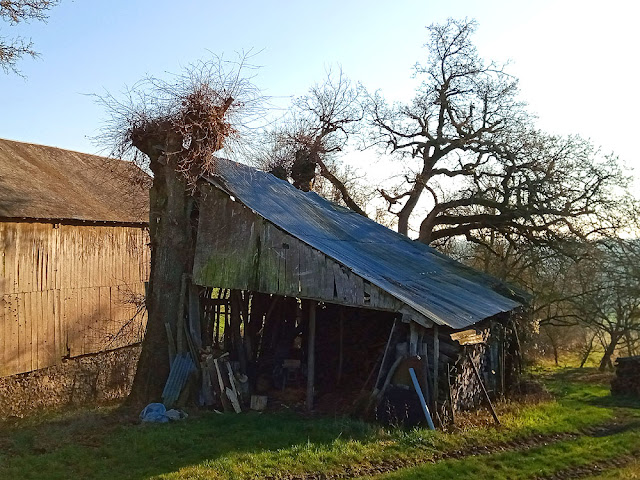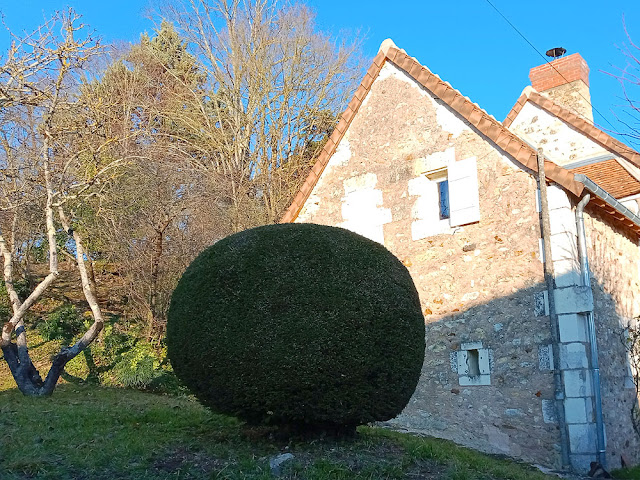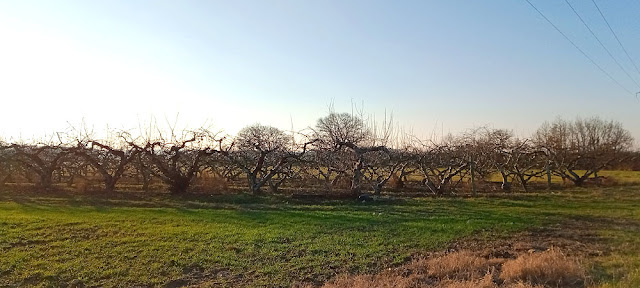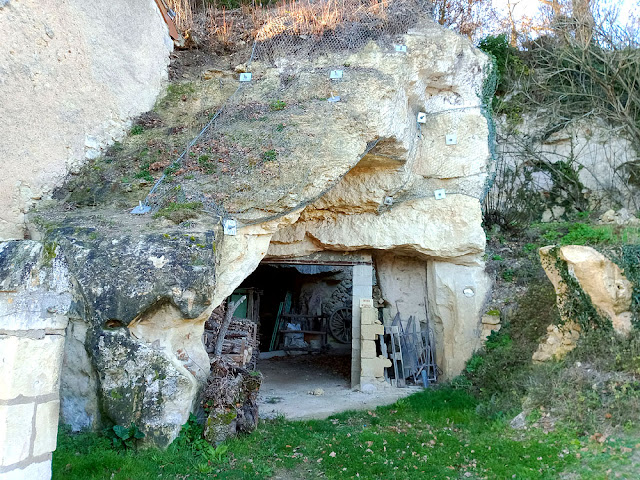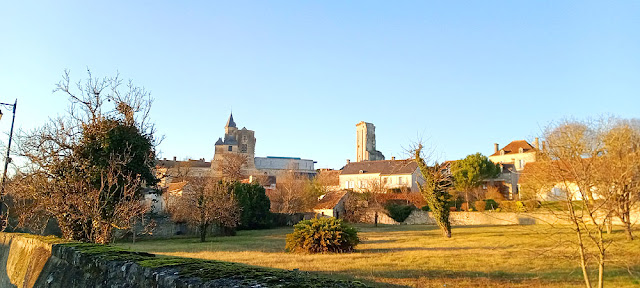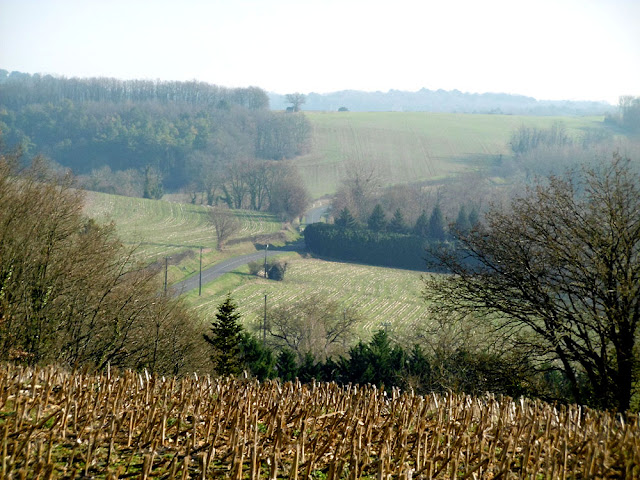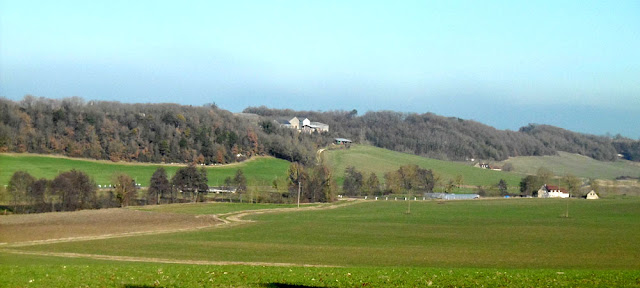Rocamadour is a raw whole goats milk cheese in the cabécous style, made in the Quercy (the département of Lot and some of the surrounding areas) since at least the 15th century. The advice from fromagers is that it is best eaten between April and September.
Cabécous style cheeses are made throughout the Pyrénées, Aquitaine and the Massif Central, but only Rocamadour has that all important AOP certification. This area features fertile valleys and arid karst limestone ridges known as causses dominated by Downy Oak Quercus pubescens (Fr. chene pubescent). The average temperatures range from about 1C in January to 27C in July, with a bit under 900 mm of rain annually and a bit over 2000 hours of sun. Summers are hot and dry.
Only Alpine and Saanen breed goats are allowed in the production of Rocamadour and producers are not allowed a stocking rate of more than ten beasts per hectare. Seventy percent of their diet must be from grazing in their fields, or from hay made from those fields. Their diet can be supplemented with grains (cereals or legumes), oilseed waste pellets and silage, normally all locally produced.
The nanny goats lactate in response to having kids, which are raised on the farm for a month. Then they are selected to either stay on the farm to replace older milking goats or sold to a farmer who will fatten them for meat. The goats lactate for 300 days of the year, giving 2-3 litres a day from two daily milkings. To qualify for the Rocamadour certification the milk must be higher in fat than proteins and the milk from two consecutive days is combined for each batch of cheese.
Rennet is added to the milk and it is kept at a temperature of around 20C for 18 hours so that curds form, after which it is drained for 12 hours, then salted. In times of high production curd may be frozen at this stage for processing later, but it must ultimately be mixed half and half with fresh curd.
The curd is put into moulds that are 60 mm across and 16 mm deep, and kept at a temperature under 23C and relative humidity of at least 80% to drain and firm up for 24 hours. The rest of the maturing process takes place over six days after the cheese is tipped out of its mould, in a cellar with a temperature of under 10C and relative humidity of more than 85%.
The final cheeses are a 4 cm wide disc weighing 35 g, with squidgy interiors and a natural rind. It can be served warm on toast with salad or eaten as the cheese course with fresh bread and red wine. The taste is light and creamy, almost buttery when fresh but it will firm up and become stronger tasting with age.
Just over 1250 tonnes of Rocamadour are produced each year, about a third of it on the farms where the goats are milked, and the rest in two co-operative dairy factories (Fr. laiteries). There are about 100 producers supplying milk, including about 35 farmhouse producers.

